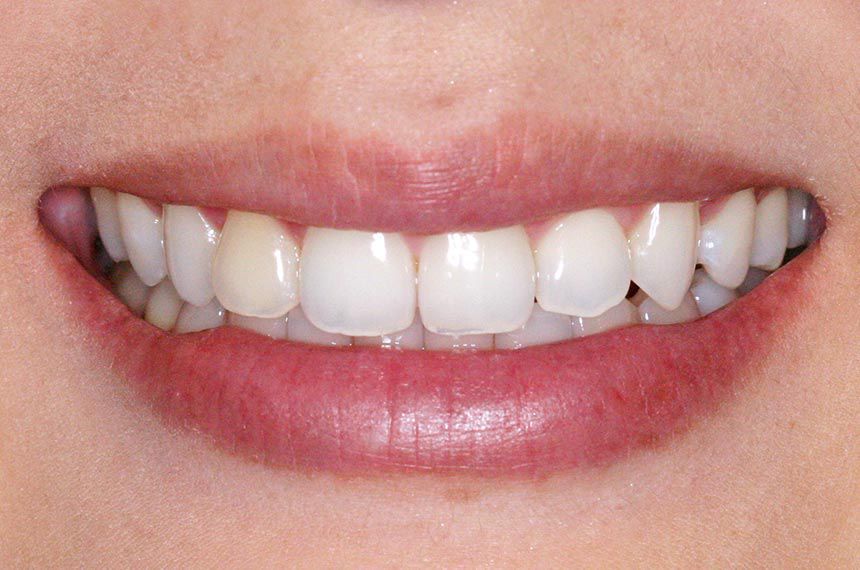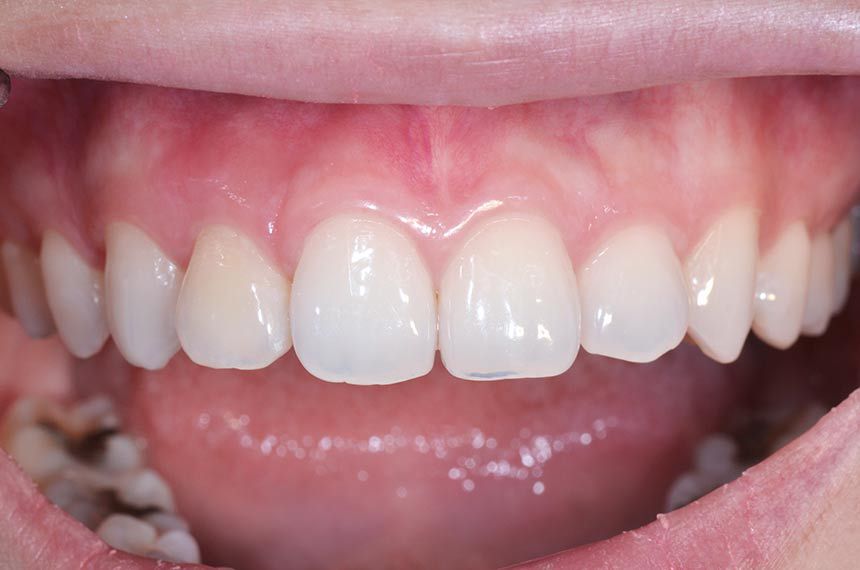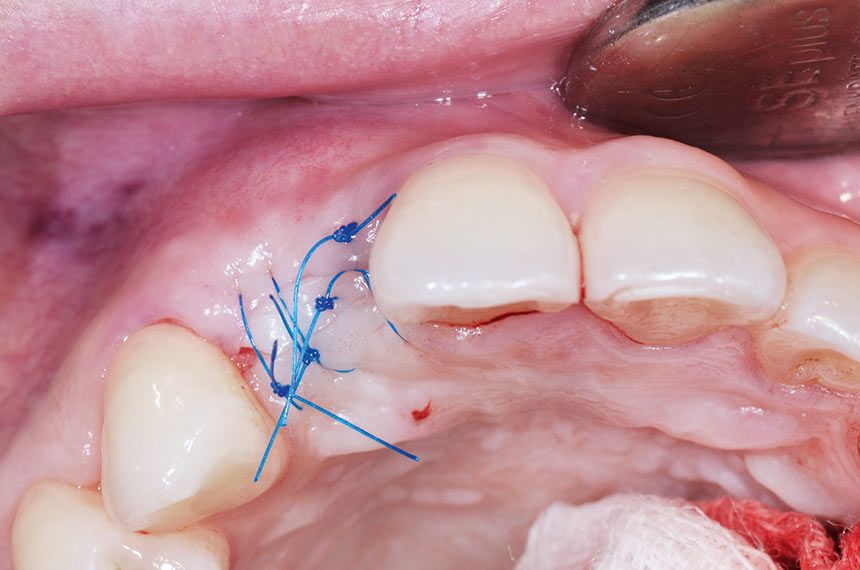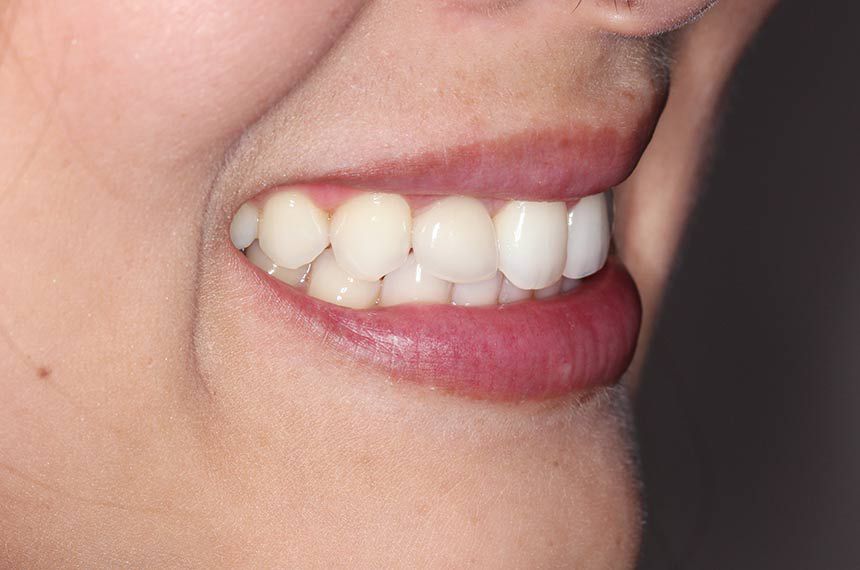Introduction
I would like to thank Straumann Thailand for organizing such an excellent campaign with the “Dental Implant Esthetic Competition”, the first ever regional dental implant competitive award for Thailand or Asia. It provided me with the opportunity to write up and evaluate my patient’s case report for the competition. Writing a case report is a good example of SDL since I have to organize the manuscripts systemically by reviewing the patient’s chart record, radiography and photos, and self-evaluation is part of the outcome. Not only was I updating my awareness of the literature and my knowledge in order to provide the optimal treatment plan, but processing the completed consent form correctly was an additional benefit for me when collecting the legal documentation prior to publication. SDL is an important expertise for all dental clinicians since its main purpose is to enhance individuals’ knowledge and clinical skill. Dental clinicians who pursue SDL are continually developing and, more importantly, constantly acquiring new knowledge and skills for the rest of their lives. As for me, the SDL clinician, I realize that the better I properly document my patient/case report and clinical photos, and the more new knowledge I acquire, the better clinician I become since I am able to learn from my mistakes and experiences and am willing to improve and learn more as a lifelong learning process.
Initial situation
The following case report describes the management of replacing a maxillary lateral incisor with a hopeless prognosis with the Straumann® Bone Level Implant to achieve “a natural look and feel” for the patient. The replacement of a missing anterior tooth with an implant-supported prosthesis has become an accepted treatment modality. It counts as one of the greatest challenges in dentistry since it must meet functional requirements and satisfy patients’ high esthetic demands in this visible area. A 36-year old woman presented with the principal complaint that her front tooth was broken. The patient was aware that her tooth had a bad prognosis and desired a single-tooth implant replacement. She was very concerned about the final esthetic result and her expectations were extremely high (Figs. 1-3).
Treatment planning























